BOC-L-Asparagine
Synonym(s):Nα-(tert-Butoxycarbonyl)-L -asparagine;Boc-L -asparagine;Boc-Asn-OH;N-α-t.-Boc-L-asparagine
- CAS NO.:7536-55-2
- Empirical Formula: C9H16N2O5
- Molecular Weight: 232.23
- MDL number: MFCD00038152
- EINECS: 231-405-2
- SAFETY DATA SHEET (SDS)
- Update Date: 2024-12-18 14:08:52

What is BOC-L-Asparagine?
Chemical properties
WHITE AMORPHOUS POWDER
The Uses of BOC-L-Asparagine
Nα-Boc-L-asparagine is an N-Boc-protected form of L-Asparagine (A790005). L-Asparagine was first isolated by Robiquet and Vauquelin from asparagus juice (a high source of L-asparagine). L-Asparagine is often incorporated into proteins, and is a basis for some cancer therapies as certain cancerous cells require L-asparagine for growth.
Definition
ChEBI: The Nalpha-t-butoxycarbonyl derivative of L-asparagine
Properties of BOC-L-Asparagine
| Melting point: | 175 °C (dec.)(lit.) |
| Boiling point: | 374.39°C (rough estimate) |
| Density | 1.2896 (rough estimate) |
| refractive index | -7 ° (C=1, DMF) |
| Flash point: | 245°C |
| storage temp. | Keep in dark place,Sealed in dry,Room Temperature |
| solubility | almost transparency in N,N-DMF |
| form | Powder or Crystalline Powder |
| pka | 3.79±0.10(Predicted) |
| color | White |
| optical activity | [α]20/D 7.8±0.5°, c = 2% in DMF |
| BRN | 1977963 |
| CAS DataBase Reference | 7536-55-2(CAS DataBase Reference) |
| EPA Substance Registry System | L-Asparagine, N2-[(1,1-dimethylethoxy)carbonyl]- (7536-55-2) |
Safety information for BOC-L-Asparagine
| Signal word | Warning |
| Pictogram(s) |
 Exclamation Mark Irritant GHS07 |
| GHS Hazard Statements |
H302:Acute toxicity,oral H315:Skin corrosion/irritation H319:Serious eye damage/eye irritation |
| Precautionary Statement Codes |
P264:Wash hands thoroughly after handling. P264:Wash skin thouroughly after handling. P270:Do not eat, drink or smoke when using this product. P280:Wear protective gloves/protective clothing/eye protection/face protection. P302+P352:IF ON SKIN: wash with plenty of soap and water. P305+P351+P338:IF IN EYES: Rinse cautiously with water for several minutes. Remove contact lenses, if present and easy to do. Continuerinsing. P332+P313:IF SKIN irritation occurs: Get medical advice/attention. P337+P313:IF eye irritation persists: Get medical advice/attention. |
Computed Descriptors for BOC-L-Asparagine
BOC-L-Asparagine manufacturer
New Products
(S)-3-Aminobutanenitrile hydrochloride 4-Methylphenylacetic acid N-Boc-D-alaninol N-BOC-D/L-ALANINOL Tert-butyl bis(2-chloroethyl)carbamate 3-Morpholino-1-(4-nitrophenyl)-5,6-dihydropyridin- 2(1H)-one Furan-2,5-Dicarboxylic Acid Tropic acid 1-Bromo-3,5-Di-Tert-Butylbenzene S-2-CHLORO PROPIONIC ACID ETHYL ISOCYANOACETATE 2-Bromo-1,3-Bis(Dimethylamino)Trimethinium Hexafluorophosphate 4-IODO BENZOIC ACID 3-NITRO-2-METHYL ANILINE 1-(2,4-DICHLOROPHENYL) ETHANAMINE (2-Hydroxyphenyl)acetonitrile 4-Bromopyrazole 2-(Cyanocyclohexyl)acetic acid 4-methoxy-3,5-dinitropyridine 1-(4-(aminomethyl)benzyl)urea hydrochloride 2-aminopropyl benzoate hydrochloride diethyl 2-(2-((tertbutoxycarbonyl)amino) ethyl)malonate tert-butyl 4- (ureidomethyl)benzylcarbamate Ethyl-2-chloro((4-methoxyphenyl)hydrazono)acetateRelated products of tetrahydrofuran
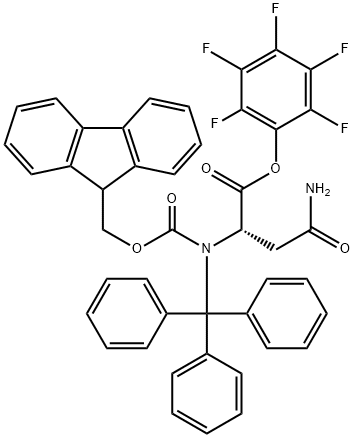
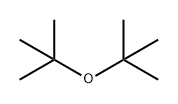

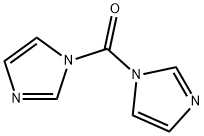

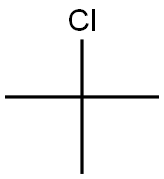
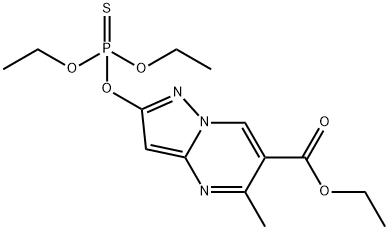

You may like
-
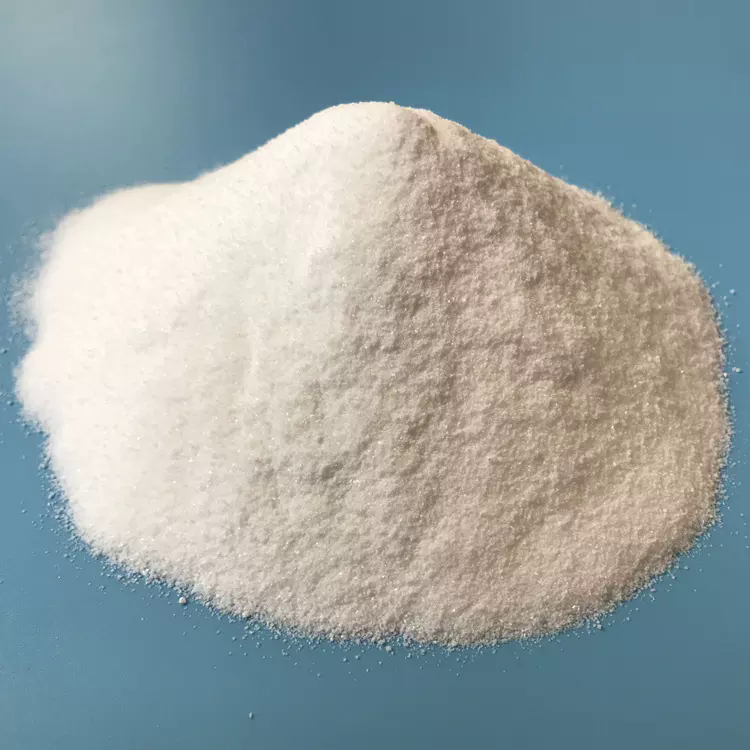 7536-55-2 BOC-L-Asparagine 98%View Details
7536-55-2 BOC-L-Asparagine 98%View Details
7536-55-2 -
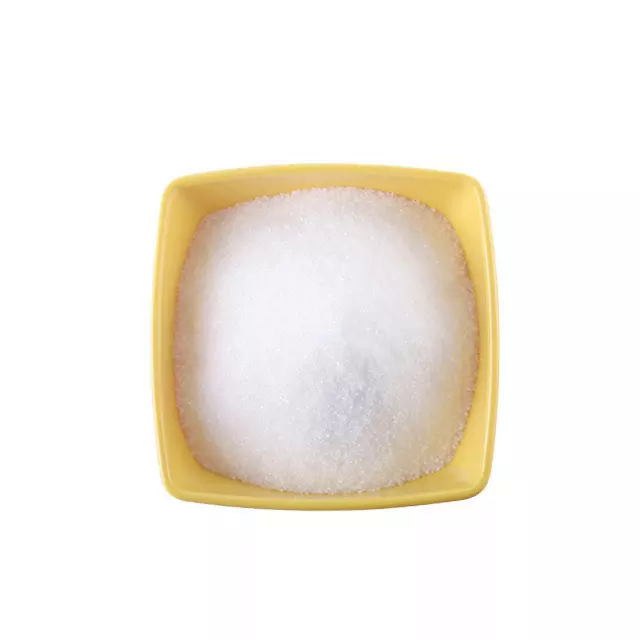 7536-55-2 98%View Details
7536-55-2 98%View Details
7536-55-2 -
 BOC-L-Aspargine extrapure CAS 7536-55-2View Details
BOC-L-Aspargine extrapure CAS 7536-55-2View Details
7536-55-2 -
 Boc-(s)-2-aminosuccinic acid 4-amide monohydrate 95% CAS 7536-55-2View Details
Boc-(s)-2-aminosuccinic acid 4-amide monohydrate 95% CAS 7536-55-2View Details
7536-55-2 -
 Boc-L-aspargine CAS 7536-55-2View Details
Boc-L-aspargine CAS 7536-55-2View Details
7536-55-2 -
 Nα-(tert-Butoxycarbonyl)-L-asparagine CAS 7536-55-2View Details
Nα-(tert-Butoxycarbonyl)-L-asparagine CAS 7536-55-2View Details
7536-55-2 -
 Boc-Asn-OH CAS 7536-55-2View Details
Boc-Asn-OH CAS 7536-55-2View Details
7536-55-2 -
 Boc-Asn-OH CAS 7536-55-2View Details
Boc-Asn-OH CAS 7536-55-2View Details
7536-55-2
Statement: All products displayed on this website are only used for non medical purposes such as industrial applications or scientific research, and cannot be used for clinical diagnosis or treatment of humans or animals. They are not medicinal or edible.